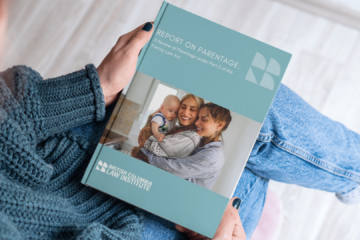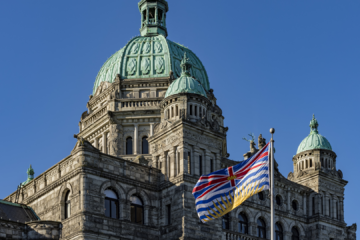Strata’s sprinkler system found to be part of its “plumbing delivery and distribution system,” allowing home warranty insurance claim to proceed
February 2, 2018
BY Kevin Zakreski
The Owners, Strata Plan 4249 v Travelers Insurance Company of Canada, 2018 BCSC 114, concerned interpretation of a home warranty insurance policy, provided under the Homeowner Protection Act, to a strata corporation. The words at issue in the case were found on the cover page of the home-warranty certificate. They read as follows:
a) 15 Months for Common Property; Expiry Date: January 19, 2013
b) 2 years defects in Materials and Labour supplied for . . . i. the gas, electrical, plumbing, heating, ventilation and air conditioning delivery and distribution systems; . . . Expiry Date: October 19, 2013. [emphasis in original]
The court described the “factual background” of the case as “straightforward.” The strata property at issue was “a 33-storey residential tower (with some commercial retail units), over seven levels of underground parking.” Its “[c]onstruction was completed in 2011.”
Almost immediately, the strata had problems with the sprinkler component of its fire-suppression system. It alleged “that between November 2011 and January 2014, the [strata] was subject to 15 separate failures in the Sprinkler System.”
The strata corporation advised the insurer of what it considered to be “a severe deficiency” with the sprinkler system by way of a “letter dated June 20, 2013,” which the insurer treated as “notice of a warranty claim under the Certificate.” The insurer replied, advising the strata corporation that “it had determined the claim respecting the Sprinkler System fell under the 15-month materials and labour warranty for the Common Property, common facilities and other assets of the Strata Corporation, and that warranty had expired January 19, 2013.”
The certificate adopted as its definition of “common property” the definition of the term found in section 1 of the Strata Property Act. As the court noted “[t]here can be no dispute that the Sprinkler System falls within the definition of Common Property.” So the dispute between the parties
concerns whether the Sprinkler System falls within the term “plumbing . . . delivery and distribution system,” as that term is used in the Certificate and in the Minimum Standards [contained in Schedule 3 to the Homeowner Protection Act Regulation]. If it does, then the warranty coverage period is the longer period of 24 months. If it does not, the coverage period is 15 months.
The court began its analysis by noting that “the terms granting coverage are required pursuant to statute.” So this case was to be determined by applying “the principles of statutory interpretation, and not contractual interpretation.”
After reviewing the leading cases on statutory interpretation, the court applied their principles and determined that, based on them and on the evidence, the sprinkler system should be considered part of the building’s “plumbing delivery and distribution system,” which has the benefit of the longer, two-year coverage period:
I acknowledge that the Building Code draws distinctions between “plumbing” and a “fire suppression system” such as the Sprinkler System. However, the term that I am being required to interpret in the Minimum Standards (and in the corresponding section of the Certificate) is “plumbing delivery and distribution system,” based on Ms. Chow’s evidence (which is unchallenged) describing the Sprinkler System. When I apply the principles of statutory interpretation discussed above, I conclude that the Sprinkler System falls within the term “plumbing delivery and distribution system.”
***
. . . I find that the essence of the Sprinkler System is the delivery and distribution of water through pipes located in the [strata]. That, in my opinion, is sufficient to bring the Sprinkler System within the term “plumbing delivery and distribution system,” as that term is used in both the Minimum Standards and the Certificate. In my view, it is immaterial that, with the Sprinkler System, the purpose of the delivery and distribution of water is fire suppression. There is nothing in the Minimum Standards that suggests the purpose of delivery or distribution of any items mentioned in s. 1(1)(c)(i) is a relevant consideration.
It follows, in my opinion, that the warranty coverage for any defect in materials and labour supplied for the Sprinkler System falls under the 24 month warranty described in s. 1(1)(c)(i) of the Minimum Standards and in s. A.1.1(c)(i) of the Certificate. As such, the expiry date for a warranty claim is October 19, 2013.
I find therefore that, by its letter dated June 20, 2013, the Strata Corporation gave notice of a claim in respect of the Sprinkler System before the Expiry Date (as defined) of the applicable warranty coverage. [emphasis in original]
In the result, the court granted the strata corporation “a declaration that the Strata Corporation’s claim concerning the Sprinkler System falls within the 2 year materials and labour warranty for defects in the plumbing delivery and distribution system.”











































